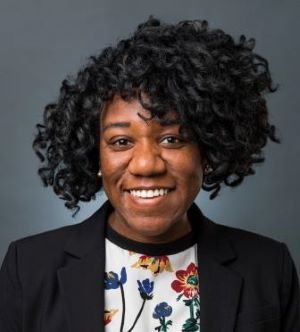
Jessica Ray
Robert O. and Irene V. Sylvester Family Endowed Assistant Professor, Civil & Environmental Engineering
University of Washington
November 29
PAA A110
Abstract
Per- and polyfluoroalkyl acids (PFAS) are persistent, acutely toxic synthetic organic chemicals that are widespread in environmental waters. The high thermal stability of their characteristic C–F bonds lends itself to applications in industrial processes and consumer products such as flame retardants, non-stick coatings and other industrial and consumer products. Exposure to PFOS and other PFAS have been linked to negative toxicological and epidemiological health effects in humans and mammals resulting in an Environmental Protection Agency health advisory level of 70 parts per trillion in drinking water. Common chemical disinfectants (e.g., hydrogen peroxide, H2O2) used in advanced oxidation processes to degrade organic contaminants during drinking water treatment are incapable of degrading PFAS due to inefficient energy transfer of the C–F PFAA bonds. To enhance degradation of PFAS in water, we employ vanadium carbide (V2C) MXene nanosheets: a new family of 2-dimensional, conductive nanomaterials that have been used in energy storage applications (e.g., Li-ion batteries, electrochemical conversion). The rapid electron transfer properties of V2C MXenes may facilitate attack of nearby PFAAs in water. This study seeks to exploit the vanadium(V) reactivity and leverage the V2C MXene nanosheet high surface area and energy transfer to degrade perfluorooctanesulfonate (PFOS), a representative PFAS, in the presence of H2O2 in water. Data will be presented which characterizes V2C MXene nanosheet properties, reactive species generation and PFOS transformation during this novel treatment process.
Bio
Professor Jessica Ray (she/her) is the Robert and Irene Sylvester assistant professor in the Department of Civil & Environmental Engineering at the University of Washington. Ray received her B.S. degree in Chemical Engineering from Washington University in St. Louis in 2009. Upon graduation, Ray remained at Washington University in St. Louis to obtain a M.S. degree (2010, funded by the NSF GK-12 Graduate Research Fellowship) and a Ph.D. in Energy, Environmental & Chemical Engineering (2015, funded by the EPA Students to Achieve Results (STAR) Fellowship). During her Ph.D., Ray employed surface chemistry techniques to investigate interfacial reactions of nanomaterials in water. Ray then moved to California as a Miller Institute Postdoctoral Research Fellow at the University of California, Berkeley in the Department of Civil and Environmental Engineering. As a postdoc, Ray developed low-cost polymer-clay composites to treat urban stormwater. At the University of Washington, Ray is continuing to develop and characterize new composite materials for selective contaminant removal in water, for enhanced degradation of persistent contaminants, and for recovery of valuable species in waste streams. In recognition of her novel, interdisciplinary research addressing urban water supply and sustainability, Chemical & Engineering News named Ray one of the “Talented 12” honorees for 2020.